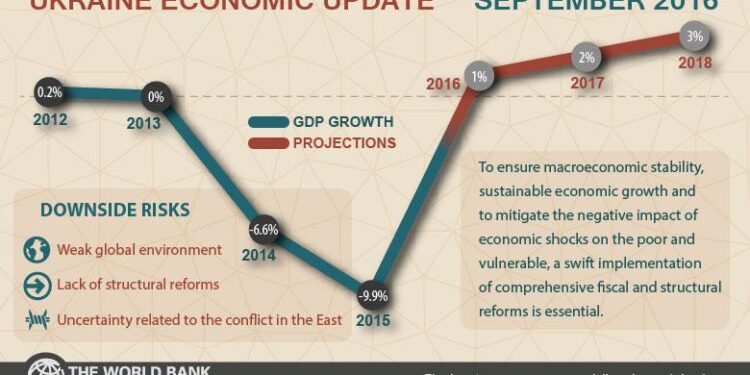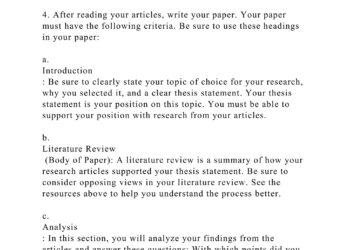As the conflict in Ukraine grinds on with no resolution in sight, the nation’s economy is showing alarming signs of strain. Once a burgeoning market with significant potential, Ukraine now faces mounting challenges that threaten its financial stability and long-term growth. In this report, The Washington Post examines the economic fallout of prolonged warfare, highlighting the fragility of key sectors, escalating inflation, and the toll on everyday citizens striving to survive amid uncertainty.
Ukraine’s Economy Struggles Amid Prolonged Conflict and Uncertain Future
The ongoing conflict has taken a severe toll on Ukraine’s economic landscape, disrupting supply chains, reducing industrial output, and triggering widespread uncertainty among investors. Despite international aid and sanctions on aggressors, key sectors such as agriculture, manufacturing, and energy have seen dramatic contractions, forcing many businesses to downsize or shutter entirely. Inflation remains high, eroding consumer purchasing power, while infrastructure damage further compounds the difficulties faced by urban and rural communities alike.
Economic forecasts are increasingly cautious as experts cite multiple challenges to recovery, including:
- Persistent security risks preventing long-term investment
- Limited access to global markets due to logistical obstacles
- Currency instability adding volatility to trade and finance
The resilience demonstrated by small businesses and farmers has provided a lifeline, but without a clear path to stability, Ukraine’s economic future remains precarious. The table below highlights key economic indicators and their recent trends:
| Indicator | Pre-Conflict (2019) | Current Estimate (2024) | Change |
|---|---|---|---|
| GDP Growth | 3.3% | -15.8% | ↓ 19.1% |
| Inflation Rate | 4.1% | 21.3% | ↑ 17.2% |
| Unemployment Rate | 8.6% | 18.4% | ↑ 9.8% |
| Industrial Output | 100% | 63% | ↓ 37% |
Inflation, Supply Chain Disruptions, and Energy Shortages Threaten Recovery
Ukraine’s fragile economic rebound is being undermined by persistent inflationary pressures that ripple through everyday markets. Consumer prices have surged sharply, driven not only by disrupted supply chains but also by soaring energy costs. Essential goods, from food staples to manufacturing inputs, have become increasingly scarce and expensive, straining household budgets and corporate operations alike. Analysts warn that without significant policy interventions, the inflation spiral could erode purchasing power and stall any hopes of sustainable recovery.
Key factors adding to economic strain include:
- Fragile logistics networks hinder the flow of raw materials and finished goods
- Frequent energy shortages disrupt industrial productivity and basic services
- Volatile currency fluctuations exacerbate import costs, compounding inflation
| Indicator | Current Status | Six Months Ago |
|---|---|---|
| Inflation Rate | 18.7% | 12.3% |
| Energy Supply Disruptions | Frequent | Occasional |
| Supply Chain Delays (Average Days) | 27 | 15 |
With infrastructure damaged and geopolitical risks ongoing, local industries face persistent operational hurdles. Energy scarcity, in particular, has forced many factories to reduce output or halt production altogether, leading to job losses and decreased export capacity. As these challenges mount, international aid and strategic economic reforms become critical to navigating the storm and stabilizing Ukraine’s economic future.
Experts Call for Increased International Aid and Strategic Economic Reforms
The ongoing conflict has left Ukraine’s economy fragile, prompting experts to urge the global community to amplify financial support. International donors are being called upon not only to increase humanitarian aid but also to facilitate large-scale investments aimed at stabilizing critical infrastructure and maintaining essential public services. Without a cohesive and sustained influx of funds, economists warn of a possible economic collapse that could reverberate far beyond the region.
Alongside aid, specialists emphasize the necessity of implementing strategic economic reforms to ensure resilience and growth amid uncertainty. Key recommendations include:
- Streamlining government bureaucracy to enhance transparency and efficiency
- Reforming tax policies to attract foreign investment
- Strengthening anti-corruption measures across all sectors
- Supporting small and medium enterprises to diversify the economy
| Priority Area | Proposed Action | Expected Impact |
|---|---|---|
| Public Infrastructure | Reconstruction grants and loans | Ensure uninterrupted utilities and transportation |
| Tax Policy | Introduce incentives for foreign investors | Boost capital inflows and job creation |
| Governance | Establish independent anti-corruption bodies | Build investor confidence and accountability |
Closing Remarks
As Ukraine faces an ongoing conflict with no clear resolution, the economic ramifications continue to deepen, threatening the nation’s stability and future growth. With infrastructure damaged, foreign investment hesitant, and key industries disrupted, experts warn that without sustained international support and a diplomatic breakthrough, Ukraine’s economic crisis could worsen, further compounding the human costs of war. The coming months will be critical in determining whether resilience can prevail amid the uncertainty.






























